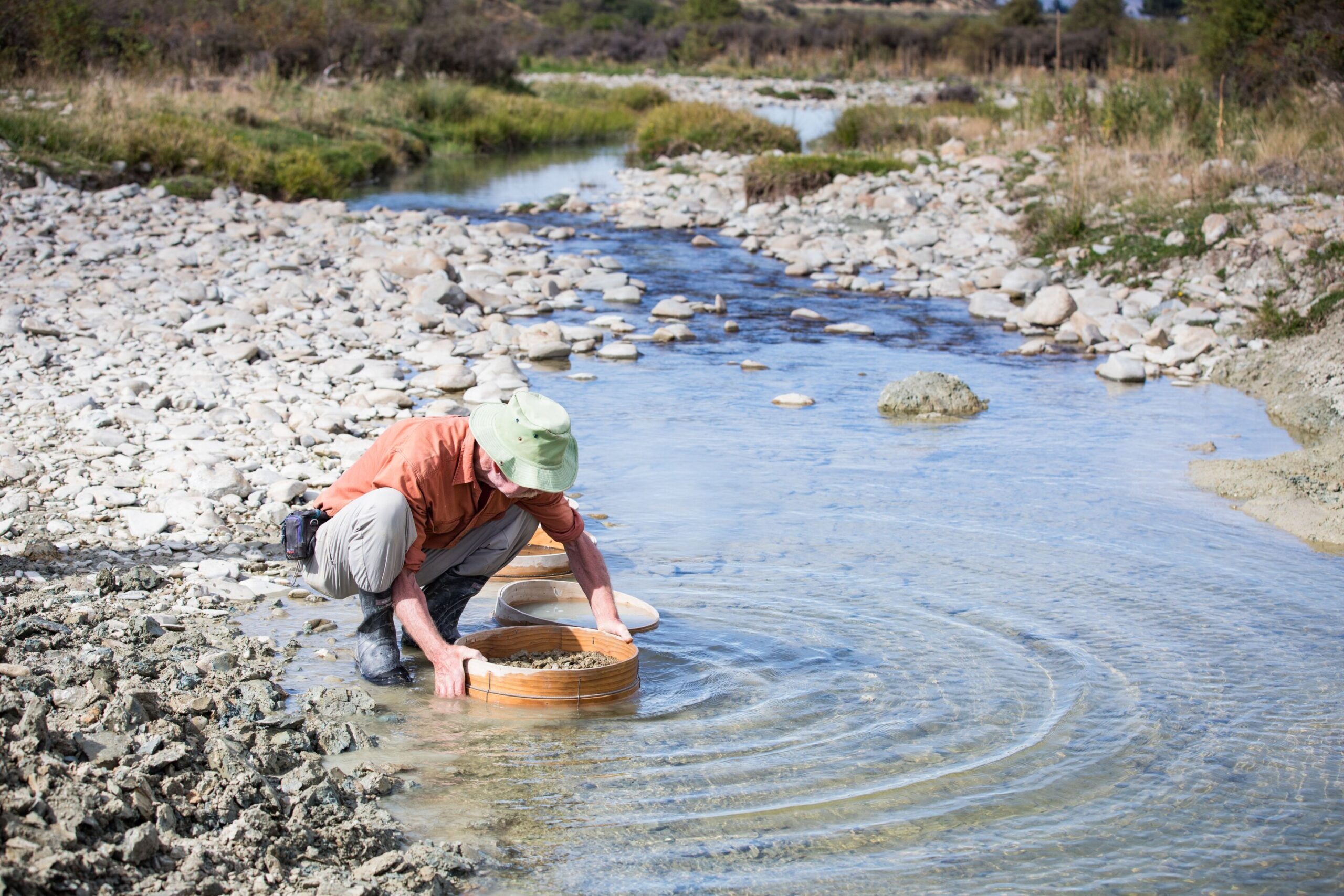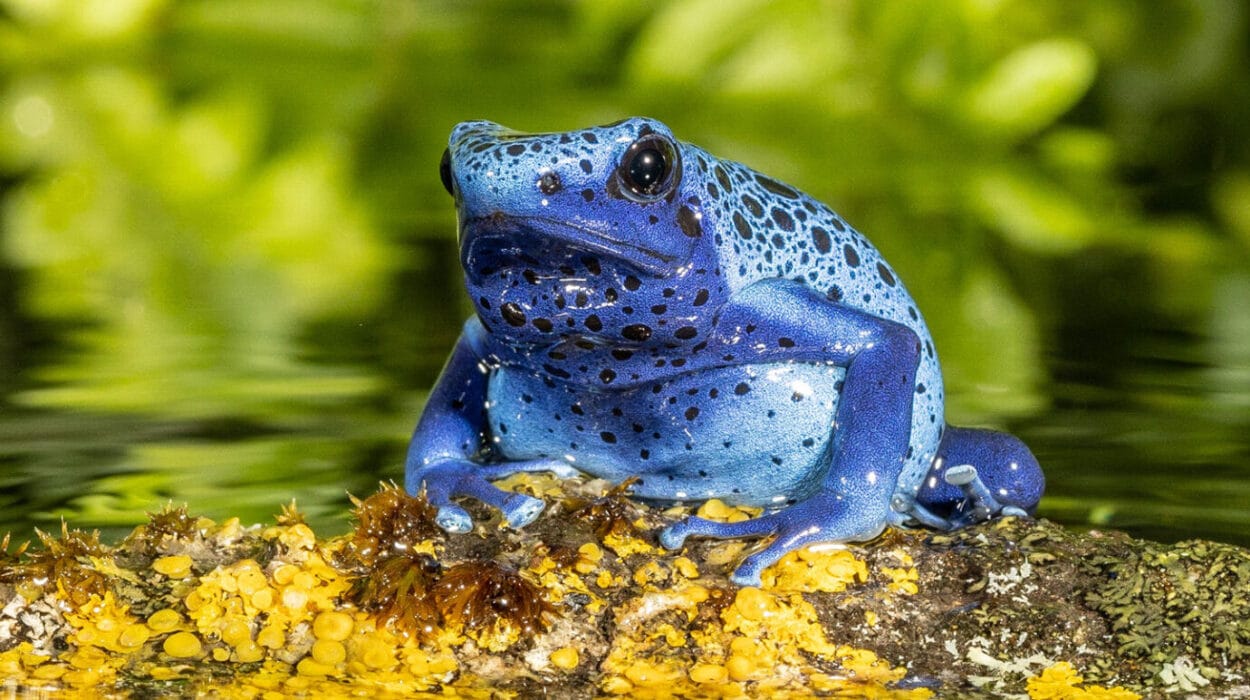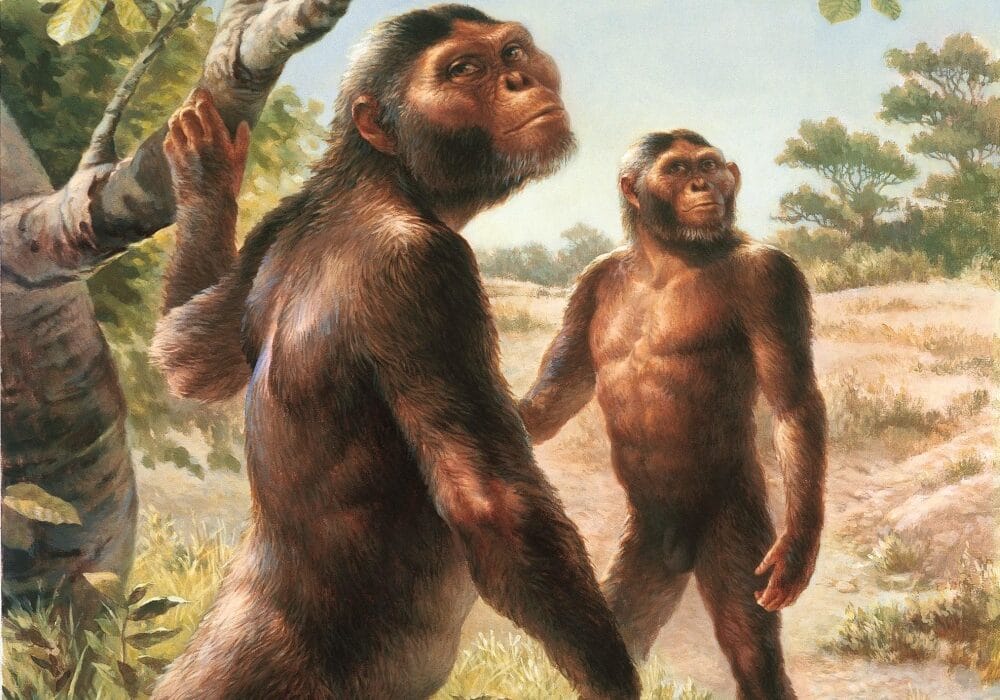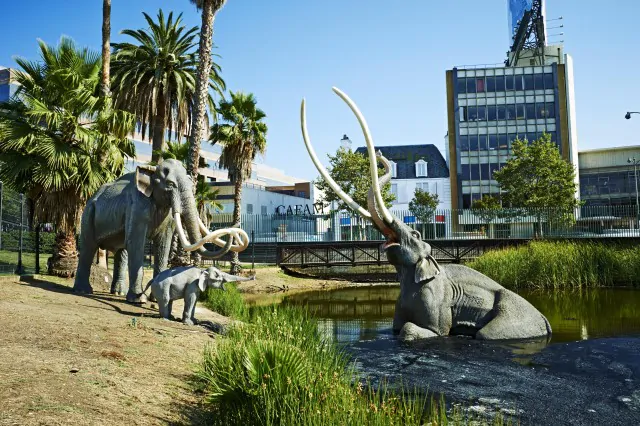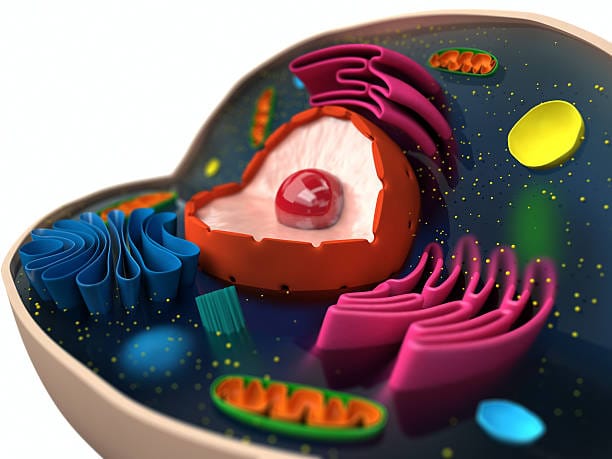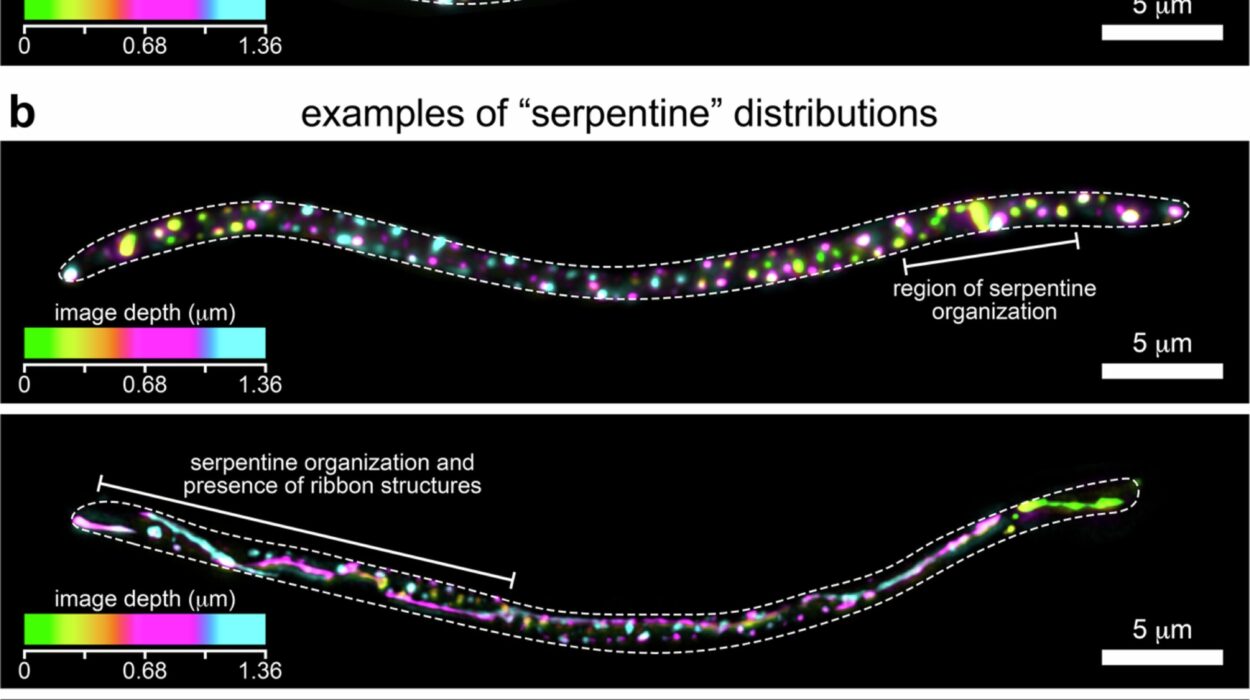In a swampy, sun-dappled world that existed 20 million years ago, New Zealand’s waterways teemed with life that today feels almost mythical. Broad-backed crocodiles glided through the reeds, hunting for trout-sized whitebait. Birdsong echoed over the wetlands, as primitive parrots and wading birds called to one another from dense forest canopies. And lurking beneath the cool, clear water—overshadowed only by the crocodiles—crawled ancient freshwater giants: crayfish the size of forearms, far larger than any living relative found in Aotearoa’s creeks today.
These long-lost behemoths, cousins of modern yabbies and crawdaddies, are at the heart of a world-first discovery that is transforming how scientists identify ancient ecosystems. A study, recently published in Alcheringa: An Australasian Journal of Palaeontology, reveals not only the unexpected size and diversity of prehistoric crayfish in New Zealand, but also a breakthrough method for detecting their presence through tiny, overlooked fossil clues.
It’s a story that begins with mud, ends with microscopic marvels, and rewrites part of the planet’s evolutionary script.
A Fossil Discovery Hidden in Plain Sight
The site of this groundbreaking discovery is St Bathans, a sleepy corner of Central Otago that, 20 million years ago, sat at the bottom of a sprawling lake. Today, it’s a dusty archaeological goldmine, home to one of the richest deposits of ancient, non-marine fossils in the Southern Hemisphere.
Since 2001, a determined team of paleontologists and volunteers has been excavating the site, sifting through meter upon meter of ancient lakebed, searching for fragments of the past. What they found defied expectations—not just because of what was uncovered, but because of how it was discovered.
Rather than the dramatic dinosaur skeletons or perfectly preserved bird bones often associated with paleontology, this breakthrough came from something far more humble: eight tiny fossil fragments, no more than four millimeters long. They were not bones or shells, but parts of crayfish mandibles—jaw parts equipped with tiny molars. These fossilized molars, it turns out, are made from a tough material, remarkably similar to mammalian teeth, and unlike the rest of the crayfish’s body, they can survive the ravages of time.
“We used to think crayfish didn’t fossilize,” says Dr. Paul Scofield, senior curator of natural history at Canterbury Museum and one of the study’s co-authors. “Their exoskeletons are chemically unsuitable for long-term preservation. But these jaw fragments—these little molars—are different. They’re durable. They’re the hidden fossils we never knew to look for.”
Cracking the Crayfish Code
The team’s eureka moment came not from a single dramatic find, but from patience and persistence. Each fragment was recovered by sieving mud through a 1-millimeter mesh and hand-sorting the remains—an exacting process that yields just one jaw fragment per 100 kilograms of material.
Working under microscopes, researchers compared each fossil with bones and teeth from hundreds of known species, including fish, amphibians, reptiles, and even mammals like the elusive platypus. After weeks of comparison, the match was finally made when the team dissected modern freshwater crayfish. The molar shapes lined up perfectly.

And here’s where the story becomes even more intriguing: the eight mandible fragments represented not just one species of crayfish—but three. That’s astonishing for a country that currently hosts only two species, and those in entirely separate regions.
“Finding three species living side by side 20 million years ago tells us that New Zealand’s ancient aquatic ecosystems were far more complex and diverse than we thought,” says Dr. Trevor Worthy, a co-author from Flinders University. “It suggests an environment with distinct ecological niches and a highly developed food web.”
The biggest of the ancient crayfish were estimated to reach 25 centimeters in length, dwarfing the 8-centimeter average of today’s native species. With their massive claws and sturdy bodies, these crayfish would have held their own in the prehistoric wetlands—though they likely remained a tasty meal for the crocodiles that swam above.
The Mystery of the “Yabbie Button”
But the jaw fragments weren’t the only clue left behind by these ancient crustaceans. The team also identified for the first time in New Zealand fossilized “yabbie buttons”—a quirky name for calcium-rich nodules formed in the stomachs of crayfish.
These spherical formations are used in modern crayfish as calcium reserves to rebuild their shells after molting. In the fossil record, however, they’ve been a source of confusion. For years, yabbie buttons were misidentified by paleontologists as fish teeth or unclassifiable mineral lumps.
“Fragments like these have been sitting in museum collections around the world with a question mark next to them,” says Dr. Worthy. “Now we can say definitively—those aren’t teeth. They’re crayfish. And they’ve been right under our noses the whole time.”
This reclassification is not just a New Zealand story. It has global implications. Fossil collectors and museums across continents now have a new tool to reassess their collections. What was once mystery detritus could suddenly become evidence of freshwater crayfish—and a window into ancient freshwater environments from South America to Southeast Asia.
Why It Matters: Reconstructing Lost Worlds
Freshwater crayfish might not grab headlines like dinosaurs or sabretooth tigers, but in their own ecosystems, they were pivotal players. They aerated the sediment, helped recycle organic matter, and served as food for a wide range of predators. To understand ancient environments without accounting for crayfish is to tell only half the story.
Dr. Vanesa De Pietri of the University of Canterbury puts it best: “It’s not just about the big sexy bones. It’s about the little things too. Every single fossil fragment has a story to tell.”
And that story—once we piece it together—can illuminate the environmental rhythms of Earth’s past. By knowing where crayfish lived, researchers can reconstruct water quality, vegetation, predator-prey relationships, and even climatic conditions. Did certain crayfish thrive in warm waters while others preferred cooler, shaded streams? Did their disappearance signal environmental change?
The answers may be microscopic, but their impact is massive.
St Bathans: A Portal to Prehistoric Aotearoa
The St Bathans site continues to be one of the most productive fossil locations in New Zealand. It has already revealed extinct species of flamingo-like birds, bats, ancient parrots, crocodiles, and now, these supersized crayfish. The painstaking excavation and classification work—largely driven by volunteers, students, and a passionate scientific team—is gradually assembling a vivid picture of Aotearoa as it was before tectonic shifts and climate upheavals transformed the landscape.
“St Bathans is like a time capsule,” says Dr. Scofield. “Each fragment we recover is a whisper from the past, and together they’re telling us a story that no one’s ever heard before.”
And it’s not just about the creatures themselves. The presence of crayfish 20 million years ago challenges assumptions about New Zealand’s biogeography. Until recently, it was believed that New Zealand’s fauna were shaped primarily by isolation after splitting from Gondwana. But the diversity and presence of crayfish suggest dynamic exchanges and adaptations over time—a more interconnected evolutionary history than once thought.
The Power of Persistence and Patience
At its heart, this story is a celebration of curiosity and persistence. It’s about what happens when scientists dare to zoom in instead of always looking for the spectacular. It’s about discovering the extraordinary in the overlooked. And it’s about how even the tiniest fossil fragment—discarded by others, mistaken for something else, or sitting anonymously in a museum drawer—can unlock secrets of Earth’s ancient past.
With the newly identified crayfish molars and yabbie buttons, paleontologists have added new tools to their investigative arsenal. They can now trace crayfish across continents, better understand prehistoric freshwater systems, and refine what we know about ancient ecosystems.
Reimagining an Ancient New Zealand
Close your eyes for a moment and picture it: a still lake at dawn, water lilies blooming, a prehistoric heron lifting off into the mist. Beneath the surface, crayfish with armor-plated claws rustle through the silt. Overhead, shadows of crocodiles drift lazily by.
Thanks to a few millimeters of fossilized molar, we’re now able to glimpse that world—once forgotten, now reborn through the lens of science. In the story of life on Earth, even the smallest characters can change the plot.
And in the muddy lakebed of ancient New Zealand, the giants of the stream have finally come back to the surface.
Reference: Trevor H. Worthy et al, Parastacid (Decapoda, Parastacidae) fossil mandible remains from the Early Miocene, New Zealand, Alcheringa: An Australasian Journal of Palaeontology (2025). DOI: 10.1080/03115518.2025.2488056
